
In addition to completing daily tasks in the space environment, astronauts have another important thing that needs to be taken seriously-eating. Eating in space is not as enjoyable as on earth. The food will not only fly around, but also taste different. As a result, scientists from various space agencies have designed a wide range of space food and tools.
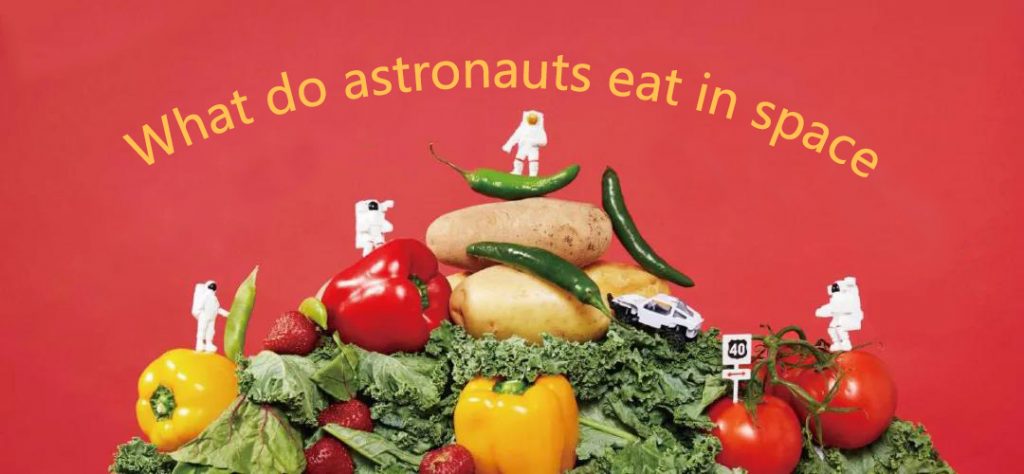
Not afraid of weightlessness, there is a space dining table
We are affected by gravity on the earth, we can sit down and eat steadily, and the food will not fly around, but it is different in space. Not only will astronauts float up due to weightlessness, so will the food. In order to overcome this, the spacecraft has specially set up space dining tables and dinner plates. They are magnetic, which can absorb iron knives, forks, tableware, and scissors, and some elastic buckles can be used to fix food packaging bags.
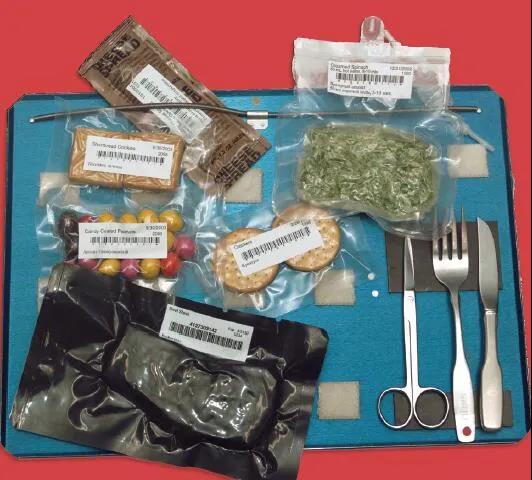
Astronauts must fix their bodies on the seats before meals to avoid floating; after opening the package, they will first squeeze the food into the bowl, then serve the bowl, hold the food, open the mouth, and chew. This series of steps must be Proceed slowly, otherwise the food scraps will fly out of the bowl, and the astronaut will be choked by accidentally inhaling it in the nose.
The taste becomes weaker, add spiciness to the food
After astronauts enter space, their sense of taste will become weaker, and the same food will not taste as strong as on land. Most scientists believe that in the space environment, human blood will flow upwards due to weightlessness, causing nasal congestion and oppressing the taste nerves; other scientists believe that the air flow inside the spacecraft is different from that on Earth, causing the astronauts’ sense of taste to change. ; Others believe that weightlessness affects the saliva secretion of the astronauts, thereby changing the sense of taste. Although the mystery is still unsolved, in order to make astronauts less tasteless when eating, the space agencies will add seasonings to some space foods. Among them, spicy foods are more popular among astronauts, because the spicy taste can stimulate Their appetite.

The astronauts of the International Space Station sit at the table and eat together.
Reduce the burden and shrink the food
We usually don’t have any requirements on the size of the food. We only cut the food into various shapes in order to pursue different dishes. However, space food has size requirements, because the space and fuel of the spacecraft are limited. On average, it costs more than 120,000 yuan to transport one kilogram of materials, and the cost is quite high. Therefore, space food should be light in weight and small in size. They are dehydrated and packaged in vacuum plastic bags, aluminum foil bags and aluminum cans. Before eating, astronauts can add water and heat to dehydrated food to restore its original shape, texture and taste. But in any case, the processed food is always inferior to the original food.
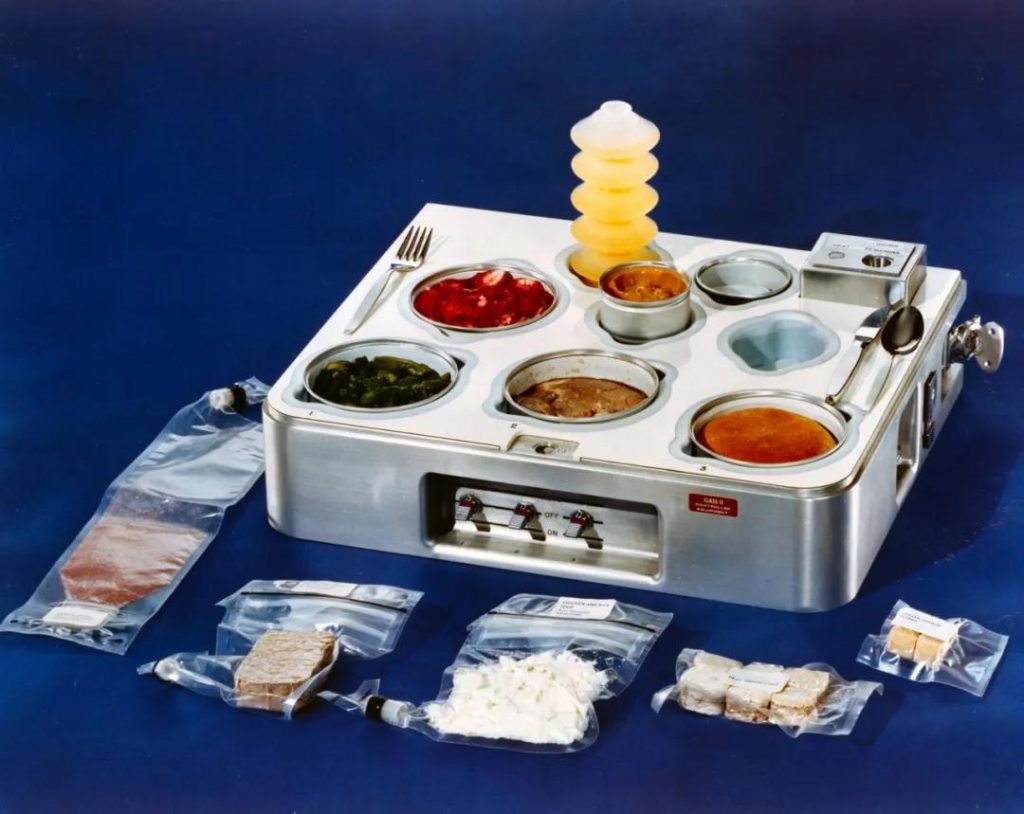
Food packaging has categories: vacuum plastic bags, aluminum bags and aluminum cans placed in heating equipment.
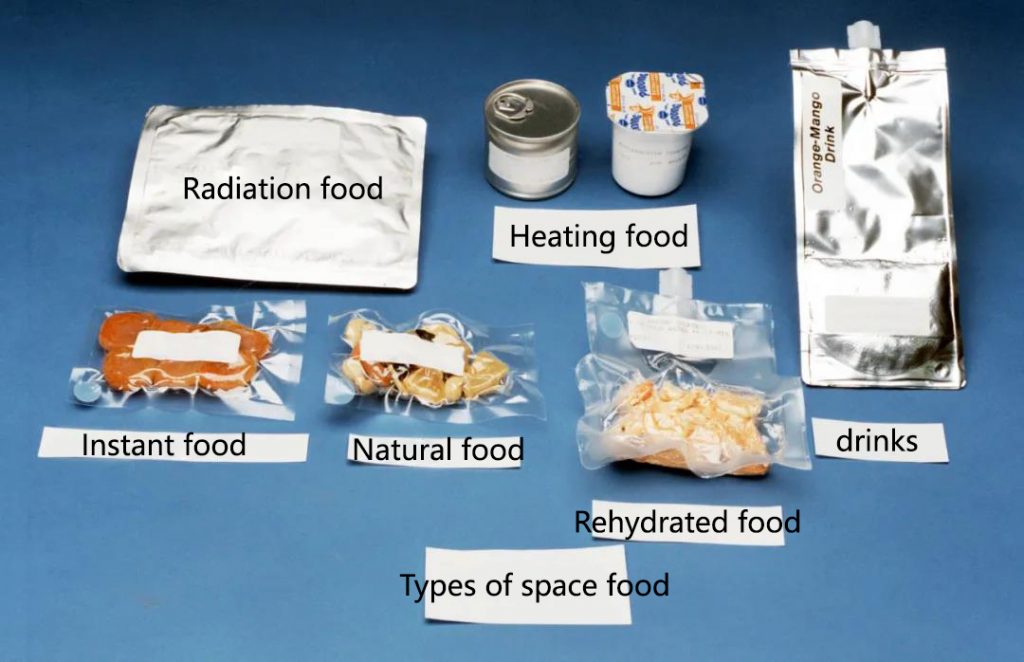
National flavors in space food
In order to allow the astronauts to eat more actively and ensure the best physical condition, the space agency also spent a lot of effort to provide them with familiar food, such as local specialties. And the space food of various countries also embodies the characteristics of each country.
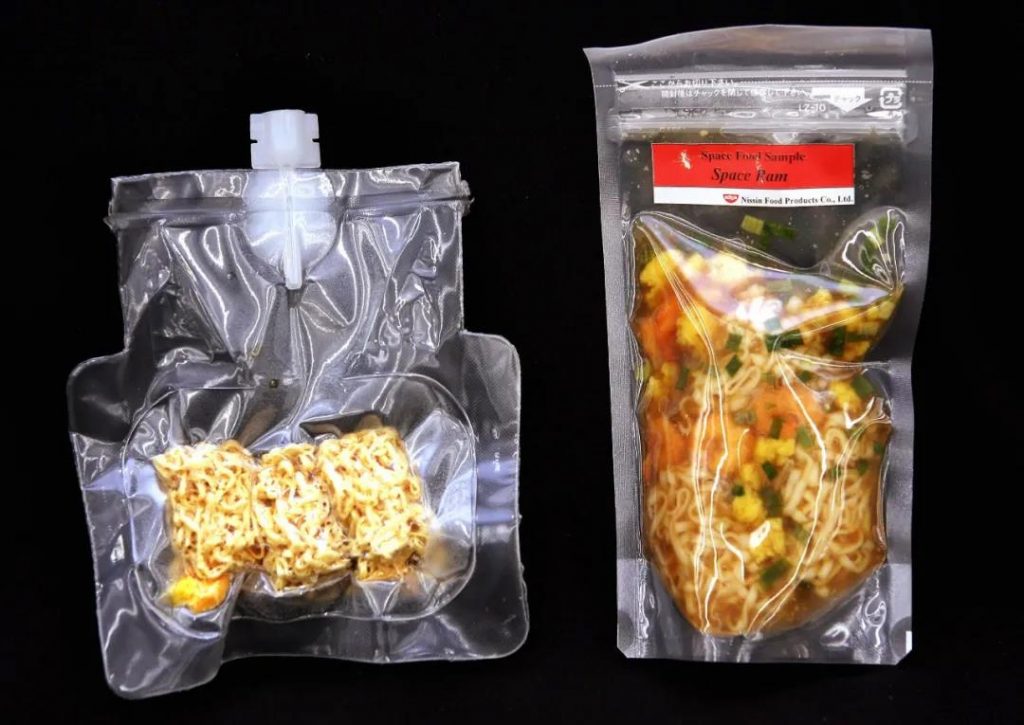
Space Ramen in Japan
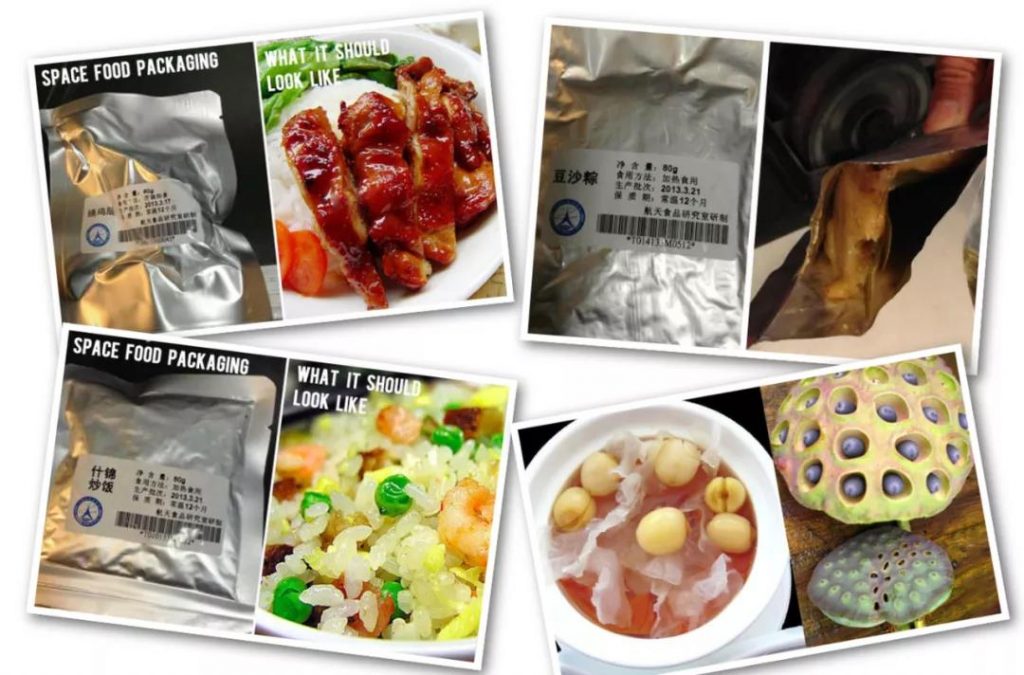
For example, in China, astronauts Jing Haipeng and Chen Dong brought spicy tofu, soy-flavored chicken sausages and other foods into space; in Japan, scientists developed space ramen, sushi, and matcha drinks for astronauts; in France Astronaut Thomas Peske brought his native dessert macarons to the International Space Station; in South Korea, the improved version of kimchi was also brought into space by astronaut Lee So-yeon.
Comments